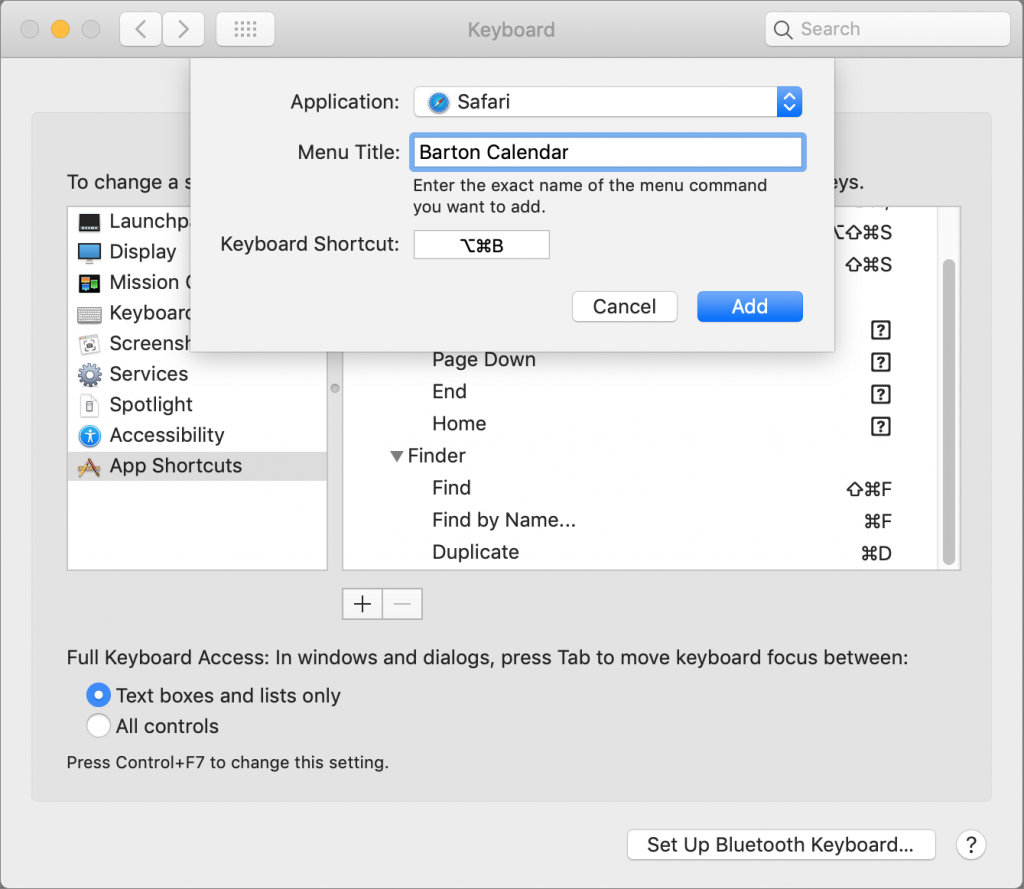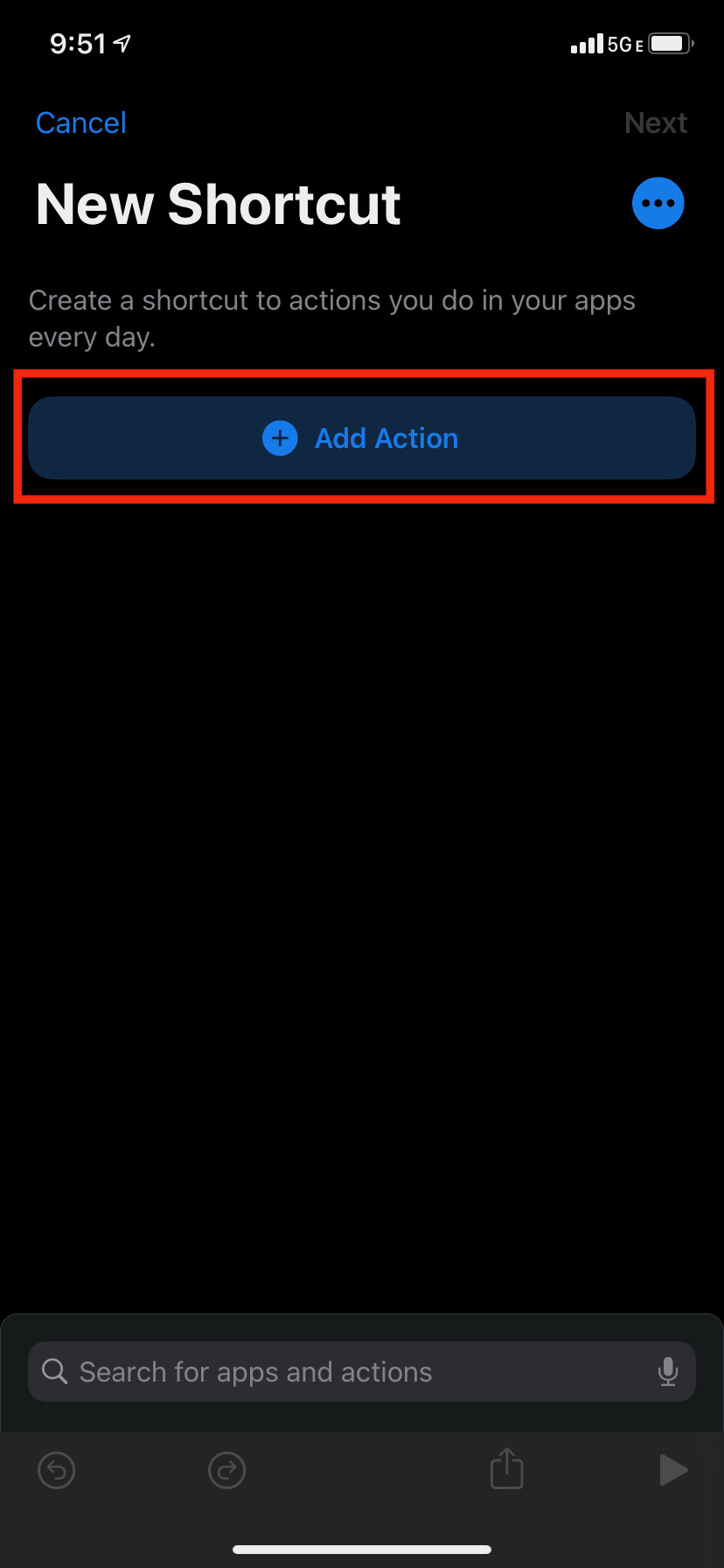

- Apple keyboard shortcuts for changing audio outputs how to#
- Apple keyboard shortcuts for changing audio outputs full#
- Apple keyboard shortcuts for changing audio outputs software#
- Apple keyboard shortcuts for changing audio outputs mac#
- Apple keyboard shortcuts for changing audio outputs windows#
Apple keyboard shortcuts for changing audio outputs software#
(3) In Software Update, check for software updates again. (2) In some apps, such as Calendar or Safari, refresh or reload the page. Command-R: (1) When an alias is selected in the Finder, this shows the original file for the selected alias.Command-I: Show the Get Info window for a selected file.Command-F: Start a Spotlight search in the Finder window.Command-E: Eject the selected disk or volume.Command-D: Duplicate the selected files.To log out immediately without confirming, press Option-Shift-Command-Q. Shift-Command-Q: log out of your macOS user account.Control-Command-Q: Lock your screen immediately.If any open documents have unsaved changes, you will be asked whether you want to save them. Control–Option–Command–Power button* or Control–Option–Command–Media Eject : Quit all apps, then shut down your Mac.Control-Command-Media Eject : close all apps, then restart your Mac.
Apple keyboard shortcuts for changing audio outputs mac#
Control–Command–Power button:* Force your Mac to restart, without prompting to save any open and unsaved documents.Control–Power button* or Control–Media Eject : Display a dialogue asking whether you want to restart, sleep or shut down.Control–Shift–Power button* or Control–Shift–Media Eject : Put your displays to sleep.Option–Command–Power button* or Option–Command–Media Eject : Put your Mac to sleep.Power button: Press to turn on your Mac or wake it from sleep. Press and hold for 1.5 seconds to put your Mac to sleep.* Continue holding to force your Mac to turn off.This helps you to avoid using them unintentionally. You may need to press and hold some of these shortcuts for slightly longer than other shortcuts. Command-Comma (,): Open preferences for the front app.Shift-Command-N: Create a new folder in the Finder.Or use Shift-Command-3 or Shift-Command-4 for screenshots. Shift-Command-5: In macOS Mojave or later, take a screenshot or make a screen recording.

It's generally the key above the Tab key and to the left of the number 1.) (The character on the second key varies by keyboard.

Apple keyboard shortcuts for changing audio outputs windows#
Apple keyboard shortcuts for changing audio outputs full#
Apple keyboard shortcuts for changing audio outputs how to#
Find out how to change a conflicting keyboard shortcut.) (If you use multiple input sources to type in different languages, these shortcuts will change input sources instead of showing Spotlight. To perform a Spotlight search from a Finder window, press Command-Option-Space bar. Command-Space bar: Show or hide the Spotlight search field.To close all windows of the app, press Option-Command-W. Command-O: Open the selected item or open a dialogue to select a file to open.To minimise all windows of the front app, press Option-Command-M.

Command-M: minimise the front window to the Dock.To view the front app but hide all other apps, press Option-Command-H. Command-H: hide the windows of the front app.To find the previous occurrence, press Shift-Command-G. Command-G: Find Again: find the next occurrence of the item found previously.Command-F: Find items in a document or open a Find window.In some apps, you can undo and redo multiple commands. You can then press Shift-Command-Z to Redo, reversing the undo command. Command-V: paste the contents of the Clipboard into the current document or app.Command-C: copy the selected item to the Clipboard.Command-X: Cut the selected item and copy it to the Clipboard.


 0 kommentar(er)
0 kommentar(er)
